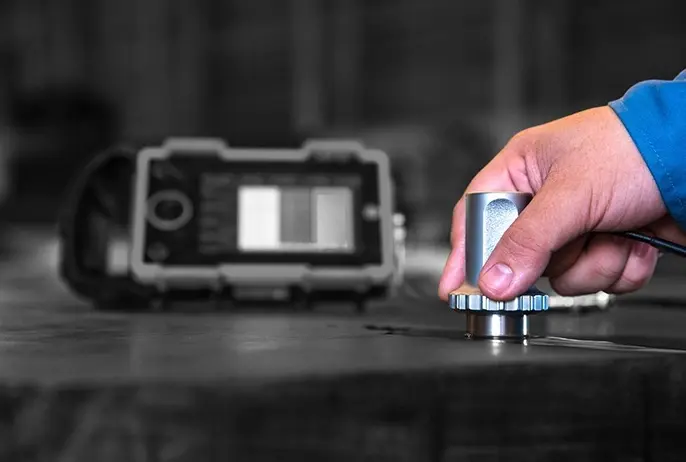Nondestructive Testing (NDT) lets manufacturers probe critical assets without disassembly, keeping plants safe and productive. Ultrasonic inspection—one of the most versatile NDT methods—detects hidden flaws, prevents downtime, and meets global safety standards.

1. Non-Invasive Material Assessment with Nondestructive Testing
Ultrasonic probes qualified to ISO 9712 send high-frequency waves through metals, revealing cracks while preserving integrity. The IAEA NDT syllabus explains how civil-engineering teams adapt these techniques for bridges and dams.
2. Early Failure Detection
Oil-and-gas firms follow API RP 1176 to catch pipeline micro-cracks before leaks. Our industrial NDT services mirror those guidelines, scheduling weld repairs before failures escalate.
3. Verifying Structural Integrity
Ultrasonic echoes expose weak welds so engineers can satisfy FEMA 353 seismic quality criteria. Pair these scans with our visual inspection tips for full-spectrum assurance.
4. Raising Reliability and Efficiency
The NIST Ultrasonic Handbook notes scrap drops of 30 % when ultrasonic data guides maintenance. Those same tactics power our tank-inspection program, confirming NDT’s cost benefits.
5. Enhancing Worker Safety through Nondestructive Testing
OSHA rule 1919.78 allows ultrasonic checks in lieu of teardown, protecting crews while certifying cranes and pressure vessels.
6. Cost-Effective Risk Management
The DOE predictive-maintenance guide shows NDT-based programs save 8–12 % on life-cycle costs by avoiding reactive repairs.
7. ASTM-Backed Versatility for NDT Programs
ASTM E1316 standardizes terminology so ultrasonic procedures translate seamlessly from shipyards to petrochemical plants, reinforcing the value of nondestructive testing across industries.
By embedding Nondestructive Testing into daily operations, companies safeguard assets, protect workers, and maintain production—proving safety and productivity can rise together.
